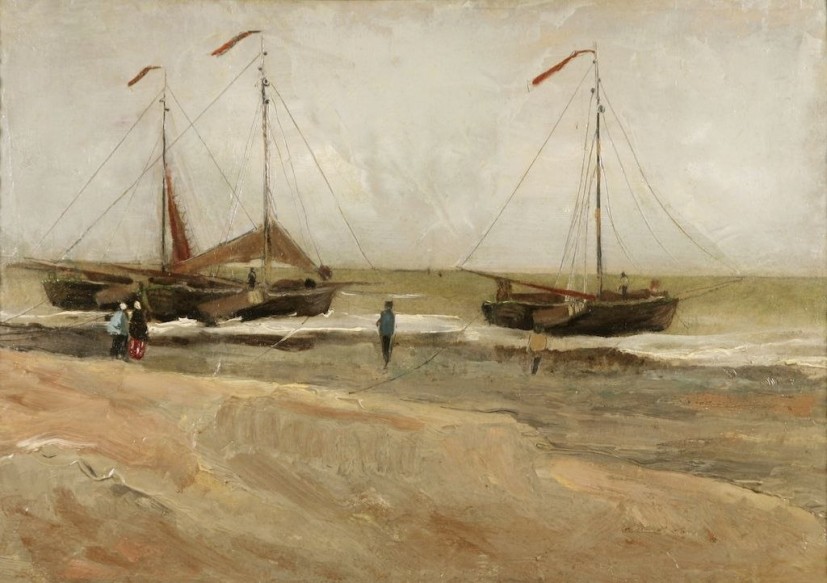
The first outdoor painting that Vincent van Gogh created is set to join the halls of The Metropolitan Museum of Art in New York, after Dick Wolf, executive producer of the hit show "Law & Order," donated the piece.
In a public release dated last Dec. 20, The Met announced Wolf's surprising "transformative holiday gift" to the museum, comprising upwards of 200 artworks that came from his private collection along with "significant financial support" that led to two of the institution's galleries being named after the TV producer.
Among the donated artworks was the aforementioned Van Gogh painting, "Beach at Scheveningen in Calm Weather" (1882), along with pieces by masters such as Bronzino, Orazio, Artemisia Gentileschi, Sandro Botticelli, and Guercino.
Wolf's gifts will be hung on three of The Met's curatorial departments of "Drawings and Prints," "European Paintings," and "European Sculpture and Decorative Arts," all of which comprise works in varying mediums, dating from the 15th to the 18th centuries. That said, the collection also includes some works by prolific modern artists.
Read Also : France's Musée Rolin Aids the Return of Nazi-Looted Dutch Painting to Goudstikker Heir, Its Original Owner
History of Van Gogh's "Beach at Scheveningen in Calm Weather"
According to Sotheby's 2022 catalog notes for the piece, it was the first known painting by the Dutch painter depicting an outdoor scene and was made early on the artist's foray with oil-based pigments.
Van Gogh expounded on his joy with the medium in a letter addressed to his brother Theo, writing, "I must say that painting is not as alien to me as you might think. On the contrary, I find it very appealing on account of it being a powerful means of expression... I'm enjoying it so much."
In terms of its provenance, the Art Newspaper reported that it was among works stored in a crate that Van Gogh never reunited with following his family's move to another town and after the artist took his own life.
After some time, the mover that originally kept the crate for safekeeping eventually sold it to a junkman in 1902 for the modern-day equivalent of a mere $0.50, and in turn, the junk dealer then sold the pieces within the crate to an art collector a year later.
Van Gogh's marine art soared in value as it was passed through collection after collection until its eventual sale in a Sotheby's auction last year, where it fetched $2.8 million.
In the release, Wolf expressed his "happiness" as many pieces from his collection will be "displayed in the world's greatest museum," deeming it as an "honor."
"This is my holiday gift to the Museum, the people of New York, and the city where I first encountered the power and beauty of great art," he added.